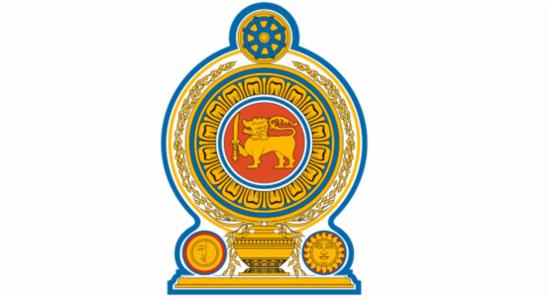.webp)
The rising threat of micro finances
ICOLOMBO (News 1st) - During the first quarter of this year the banking sector reported an increase in profits in comparison to the corresponding financial period of the last year.
However, many leading companies in the country have reported a drastic decline in profits during the first six months of 2018 where the profits had drastically declined by about 25%. However, many companies operating in the banking sector have reported an increase in profits ranging from 14% to 20%.
Expressing views on the matter, Former Director of Bank Supervision of the CBSL, Joan de Zilva Moonesinghe said that microfinance brings credit, savings, and other essential financial services to people who are too poor to be served by regular banks, mainly because they are unable to offer sufficient collateral.
She further explained that the main motive is to expand and improve income generation activities and capacities of low-income people. Due to the lack of regulatory measures in the microfinance industry, unregulated microfinance activities have led to illegal deposit mobilization, exploitation of customers through excessive interest rates and unethical recovery methods.
Many illegal microfinance institutes charge interest rates as high as 40-50%
However, the general public holds a different idea,
"-----Initially, these institutions are very friendly and only concerned on granting the loan and less worried about repayment. When repayment gets tough we reach a point where we cannot repay the debt anymore. However, unlike before these finance institutions are no longer friendly, and we are pressurized to repay installments somehow-----"It is in this background that the government launched a program in August 2017, to waive off loan values up to Rs. 100,000 from those people that find it difficult to repay. When News 1st inquired from the Governor of the Central Bank of Sri Lanka, Dr. Indrajit Coomaraswamy about the monitoring measures of the limit of 40% implemented on loans provided to villages, he said that the interest rates are currently capped at 35%. He also explained that in order to overcome the issue, the best solution is to make people aware of this situation and increase their financial literacy, give them insight to the interest rate caps and maintain dialogues with microfinance institutes to maintain responsible behaviour. For over a decade several attempts were made to enact legislation to regulate the unregulated institutions in the microfinance sector in Sri Lanka. Finally, the Parliament enacted the Microfinance Act, No. 6 of 2016 (the Act), which came into effect on the 15th of July 2016. The Act provides for the licensing, regulation and supervision of companies carrying on microfinance business, which are called licensed microfinance companies (LMCF's). LMFCs would be directly regulated by the Monetary Board of the Central Bank of Sri Lanka. The Act provides for the registration of Microfinance Non-Governmental organizations (MNGOs) registered under the Voluntary Social Services Organizations (Registration and Supervision) Act, No. 31 of 1980 (VSSO Act), by the Registrar of Voluntary Social Service Organizations.
Other Articles
Featured News





.png )




-797147_550x300.jpg)

























.gif)